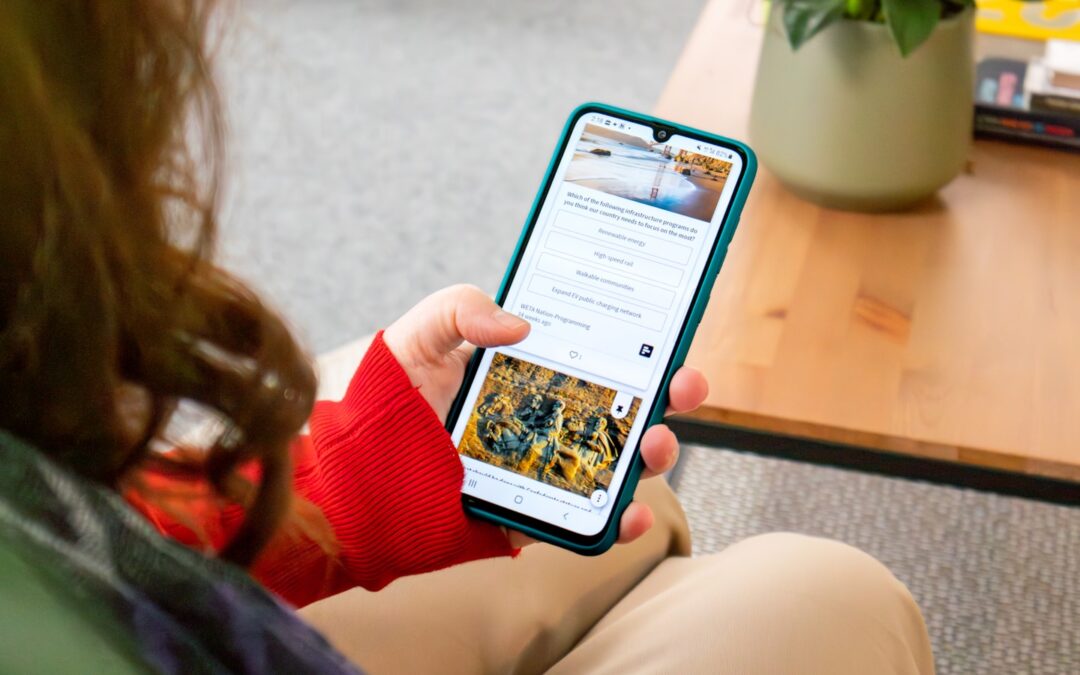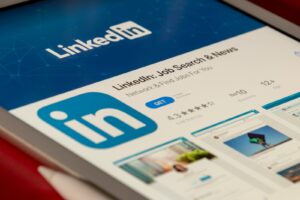Maximizing LinkedIn Engagement with Strategic Polls
Creating polls for engagement on LinkedIn has become one of the most effective ways for professionals and businesses to better understand their audience’s needs. By designing well-crafted polls, you can gather valuable insights, boost engagement, and create a dynamic dialogue with your network. In today’s digital world, where attention spans are short, LinkedIn polls stand out as an excellent tool to encourage interaction while also providing actionable data. Whether you’re a business executive, a mid-level manager, or an entrepreneur, understanding the value of polls can significantly enhance your LinkedIn presence and help you make informed decisions.
When creating polls for engagement, it’s crucial to craft questions that are both relevant and interesting to your target audience. Engaging polls should prompt users to reflect on their experiences and preferences while also sparking conversations in the comments. LinkedIn users are more likely to interact with polls that resonate with their professional interests, allowing businesses and individuals to gather key information about market trends, consumer preferences, and even industry challenges. As LinkedIn increasingly becomes a platform for thought leadership and professional growth, well-designed polls serve as a vital tool in this ecosystem.
Additionally, LinkedIn polls provide an opportunity to segment your audience and tailor your content more effectively. When you use poll results to refine your messaging, you can address the specific needs of different groups within your network. Understanding the distinct preferences of various audience segments allows you to offer more personalized content, which can lead to deeper engagement and loyalty. The ability to analyze this data and apply it to future content strategies is what sets high-performing LinkedIn users apart from the rest.
How Polls Foster LinkedIn Community Engagement
One of the main benefits of creating polls for engagement is how they foster a sense of community on LinkedIn. In a platform driven by professional connections, polls act as a conversational bridge between brands and their audiences. They allow businesses to ask questions directly, invite feedback, and encourage active participation, which is essential for maintaining a vibrant and engaged network. LinkedIn users appreciate the opportunity to have their voices heard, and polls offer an easy and effective way to invite that participation.
Moreover, polls can increase visibility on LinkedIn, as user interaction often leads to higher visibility in feeds. LinkedIn’s algorithm favors posts that generate meaningful engagement, and polls, by their very nature, encourage users to click, comment, and share their thoughts. By fostering this interaction, polls can help businesses and professionals increase their reach organically, without the need for paid advertising. This is especially useful for small businesses and entrepreneurs looking to expand their networks without a significant marketing budget.
Creating polls for engagement also helps businesses stay attuned to changing trends and emerging industry issues. With the rapid pace of technological advancement, particularly in areas like digital transformation, artificial intelligence, and blockchain, staying ahead of the curve is essential for maintaining relevance. Polls provide a way to gather real-time feedback on these topics, enabling businesses to adapt their strategies accordingly. By regularly engaging with your LinkedIn community through polls, you can demonstrate thought leadership and keep your finger on the pulse of industry developments.
Crafting Effective LinkedIn Polls: Best Practices
When creating polls for engagement, there are several best practices that can help you maximize their effectiveness. First, ensure that your poll is aligned with your broader content strategy. The questions you ask should be relevant not only to your audience’s interests but also to the larger themes that your LinkedIn content focuses on. For example, if you often post about leadership and management skills, your polls should reflect these topics to create a cohesive narrative across your content.
Another important factor is to keep your polls concise and easy to understand. LinkedIn users are busy professionals, so they are more likely to engage with polls that are straightforward and don’t require too much time to think about. Keep the questions short, offer clear options for responses, and ensure that the poll’s topic is easily grasped at a glance. This will increase the likelihood of participation and boost overall engagement.
Timing is also key when creating LinkedIn polls. Consider when your audience is most active on the platform and post your polls during these times to maximize visibility. Additionally, once your poll has concluded, make sure to analyze the results and share the insights with your network. This follow-up shows that you value your audience’s input and are committed to creating meaningful, data-driven content. In doing so, you’ll build stronger relationships with your LinkedIn connections and position yourself as a thought leader within your industry.
Leveraging Poll Data for Enhanced LinkedIn Content
One of the most powerful aspects of creating polls for engagement is the wealth of data that can be extracted from the responses. Once you’ve gathered enough data, you can use it to inform your future LinkedIn content strategy, ensuring that your posts are even more tailored to your audience’s preferences and needs. For instance, if a significant portion of your audience expresses interest in digital transformation or artificial intelligence, you can create more content that explores these topics in-depth, thereby attracting even more engagement from your network.
Additionally, the insights gained from polls can be used to create long-form content, such as articles or reports, that provide detailed analysis and recommendations based on the poll results. This not only reinforces your position as a subject matter expert but also adds value to your audience by offering them actionable insights. Creating a feedback loop where your polls inform your content, and your content drives further engagement, is a surefire way to build a loyal and engaged LinkedIn following.
Lastly, don’t underestimate the importance of sharing poll results with your audience. Transparency fosters trust, and by openly sharing the insights gained from your polls, you demonstrate that you are actively listening to your audience. This level of interaction can lead to deeper, more meaningful connections on LinkedIn, helping you to stand out in a crowded professional landscape.
Conclusion
Creating polls for engagement on LinkedIn is an essential tool for understanding your audience’s needs and preferences. By leveraging polls strategically, businesses and professionals can foster deeper connections, gain valuable insights, and enhance their overall content strategy. The key to success lies in crafting relevant, concise, and engaging polls that resonate with your audience, analyzing the data, and using it to create content that provides real value. In doing so, you can position yourself as a thought leader and grow a vibrant LinkedIn community.
#ContentMarketing #EngagementTips #LinkedInLive #PollEngagement #IndustryNews #HashtagTips #LongFormArticles #Storytelling #ContentPlanning #ContentRepurposing













